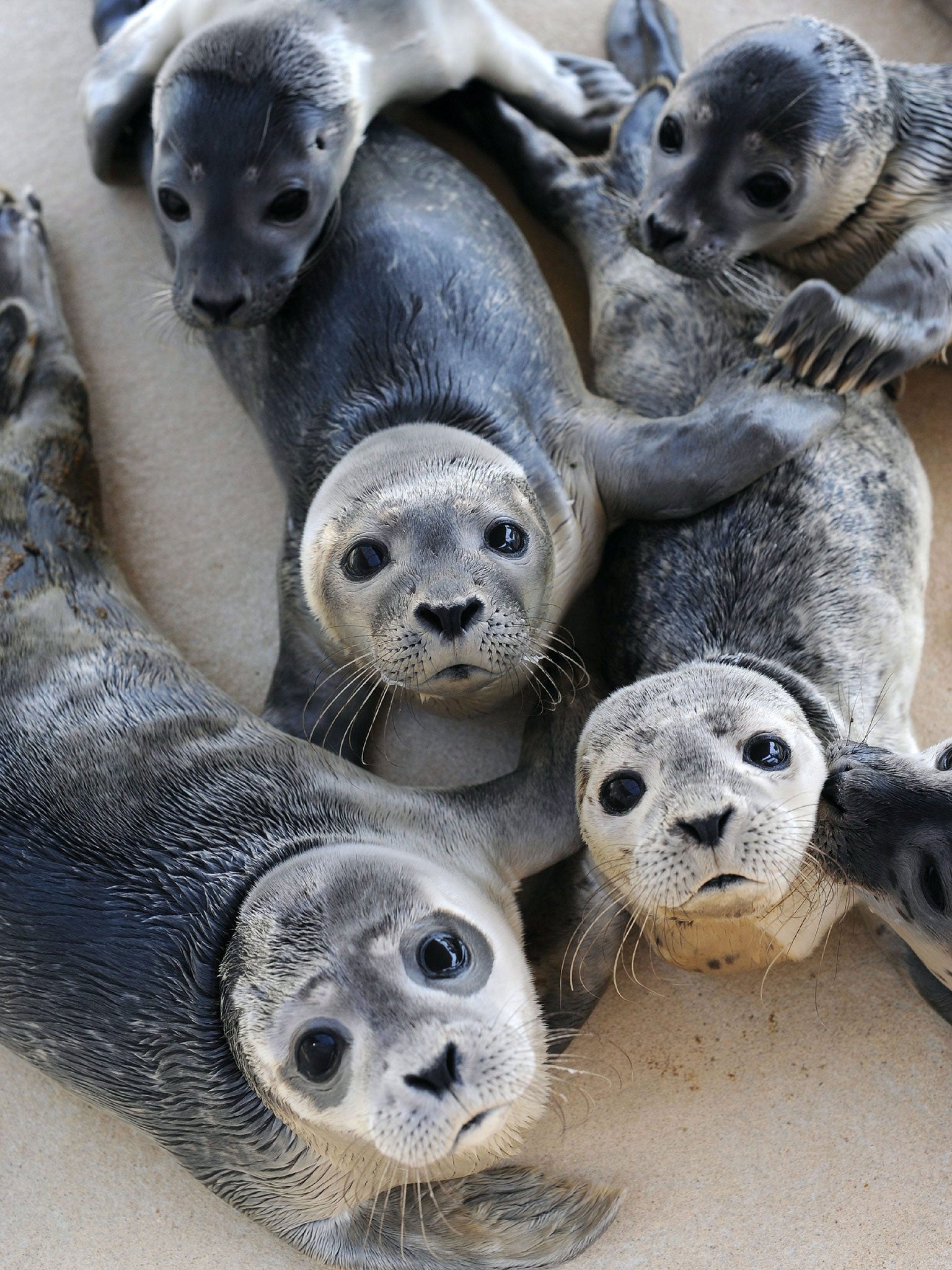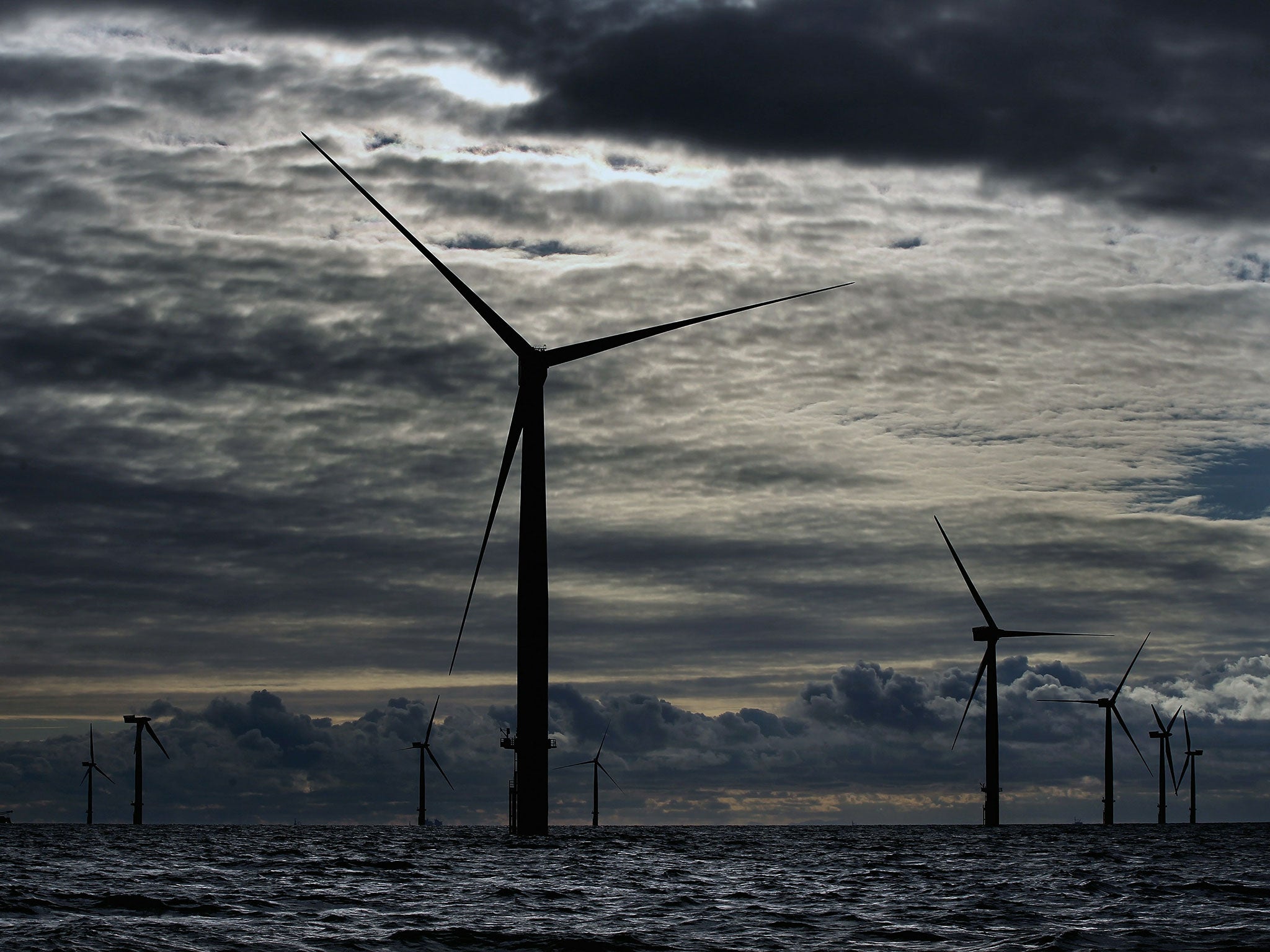Offshore wind farms create 'reef effect' perfect for marine wildlife - especially seals
Fish and crustaceans tend to cluster on the structures

Your support helps us to tell the story
From reproductive rights to climate change to Big Tech, The Independent is on the ground when the story is developing. Whether it's investigating the financials of Elon Musk's pro-Trump PAC or producing our latest documentary, 'The A Word', which shines a light on the American women fighting for reproductive rights, we know how important it is to parse out the facts from the messaging.
At such a critical moment in US history, we need reporters on the ground. Your donation allows us to keep sending journalists to speak to both sides of the story.
The Independent is trusted by Americans across the entire political spectrum. And unlike many other quality news outlets, we choose not to lock Americans out of our reporting and analysis with paywalls. We believe quality journalism should be available to everyone, paid for by those who can afford it.
Your support makes all the difference.Wind farms and wildlife do not always go together: the giant turbines have been accused of luring species to their death, and the noise they generate can drive away certain marine mammals.
But wind farms have an unexpected benefit if you happen to be a harbour seal hunting for food in British waters, according to a new study. They are a magnet for hungry seals eager to take advantage of the fact that fish and crustaceans tend to cluster on the structures – which become artificial reefs for marine life over time.
Offshore wind farms can be fertile feeding grounds for seals who choose to seek them out – concludes the study, by an international team of researchers from Britain, Holland and the US, published yesterday in Current Biology Journal.
This is because the presence of a hard structure beneath the waves attracts barnacles and other crustaceans, and, in turn, fish. Dr Deborah Russell, a research fellow at the Scottish Oceans Institute at the University of St Andrews, explained how the “reef effect” attracts seals. “Things like barnacles and mussels will settle on hard structures and then that in turn will attract other marine species and it builds up over time.”
Dr Russell, the lead researcher on the study, told The Independent: “The seals will be eating fish that are attracted to the artificial reef; we are not actually sure what species they are eating but I think it might be species like cod and whiting.”

Researchers analysed data from GPS tags used to track the movements of harbour and grey seals in the North Sea since 2008. 11 harbour seals were found to have visited two wind farms in the North Sea - Alpha Ventus, off the German coast, and Sheringham Shoal, off the British coast. Several became regular visitors to wind farms and “showed striking grid-like patterns of movements as they concentrated their activity at individual turbines,” states the study. “The data strongly suggest that these structures were used for foraging and the directed movements show that animals could effectively navigate to and between structures.”
In one particular case, a seal repeatedly returned to a wind farm off the coast of North Norfolk. “I was shocked when I first saw the stunning grid pattern of a seal track around Sheringham Shoal,” said Dr Russell. “You could see that the seal appeared to travel in straight lines between turbines, as if he was checking them out for potential prey and then stopping to forage at certain ones.”
The study, part funded by the Department of Energy and Climate Change, “is the first to show that marine mammals are preferentially going to a structure to forage at that structure itself,” she added.
But although it may be good news for hungry harbour seals, it could turn out to be a “mixed blessing,” she said, as it is not yet known whether wind farms could become “ecological traps” for prey species.
Dr Russell cautioned that the research does not rule out the possibility of adverse impacts of the development or presence of manmade structures on marine wildlife. “The study only considered the effect on marine mammals during the operational stage of wind farms. It is during the construction phase that wind farms are predicted to have the most dramatic negative effect on marine mammals.”
Join our commenting forum
Join thought-provoking conversations, follow other Independent readers and see their replies
Comments